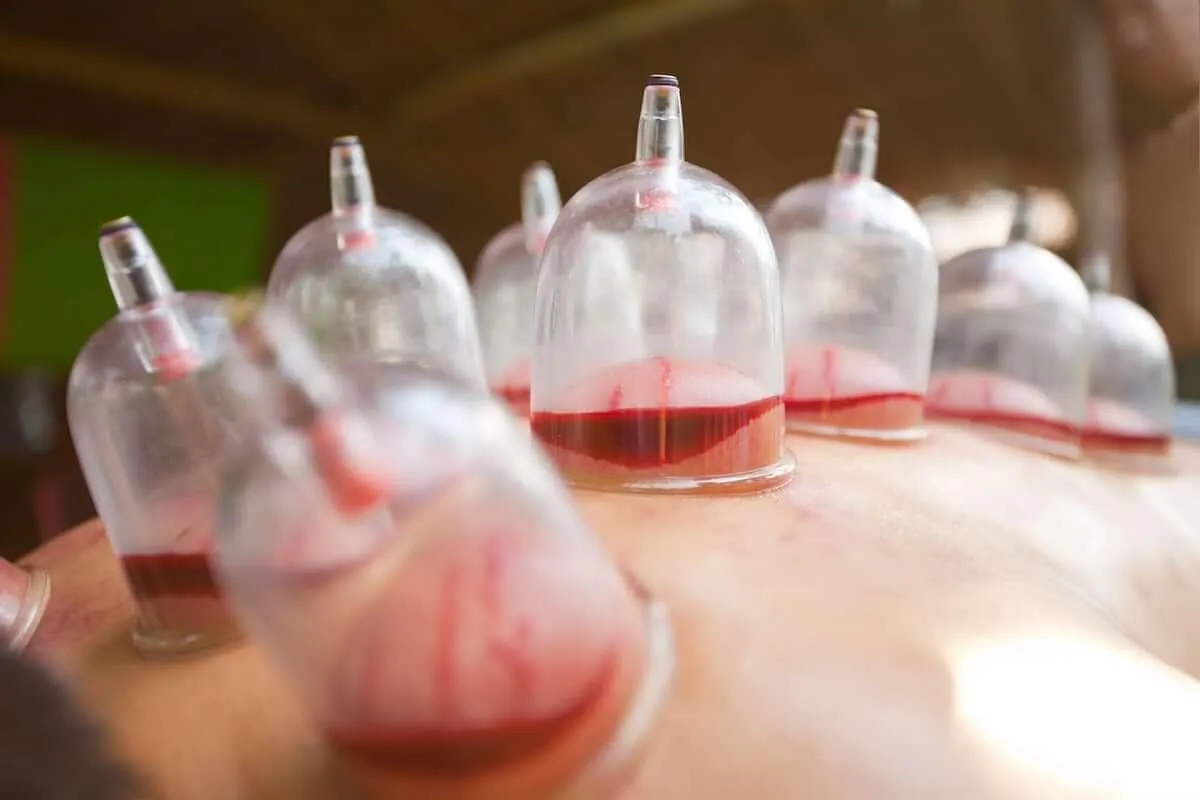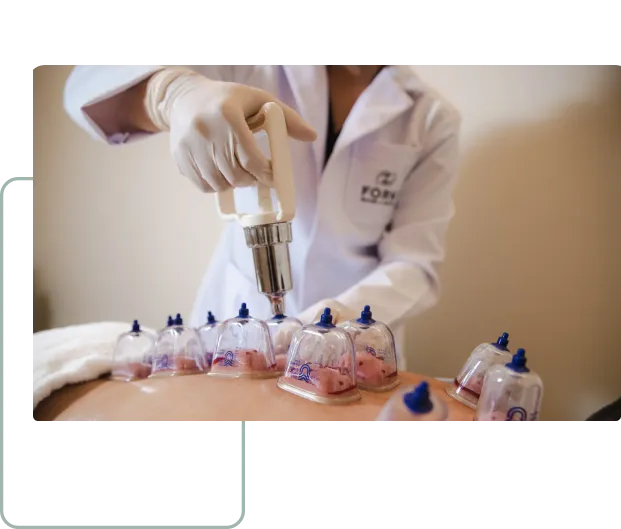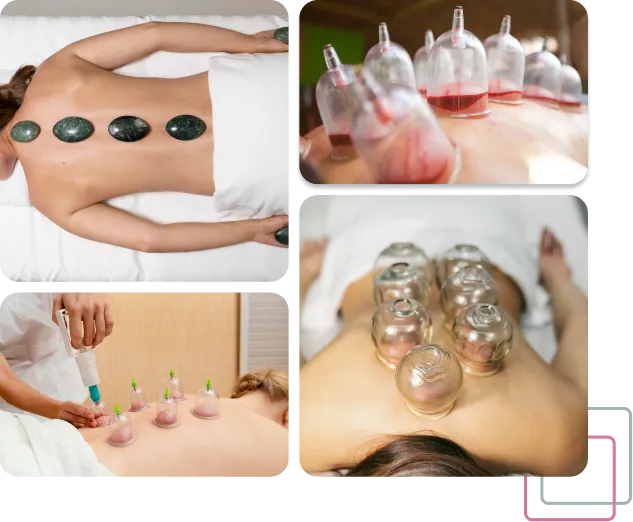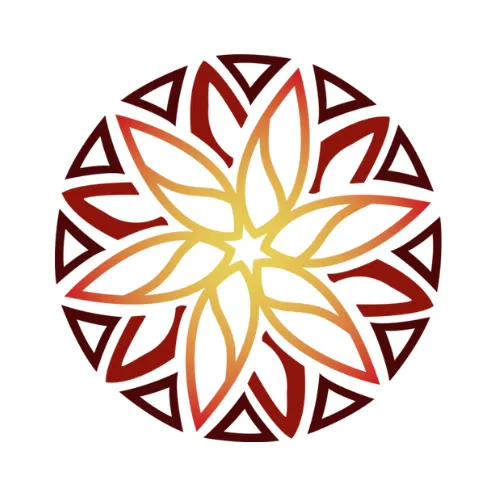Have Questions? Call or Text Me!
Get A Quote
WET CUPPING
Home >> Services

Wet Cupping
Wet cupping, also known as "hijama," is an ancient therapeutic technique that involves creating suction on the skin using cups and then making small incisions to draw out a small amount of blood. This process aims to remove stagnant blood, toxins, and metabolic waste from the body, promoting detoxification and improving circulation. Many individuals seek wet cupping for its potential benefits in relieving muscle tension, pain, and promoting overall well-being. The therapy is believed to stimulate the body's natural healing processes and can be used alongside other treatments as part of integrative healthcare approaches. Wet cupping is rooted in traditional healing practices and continues to be practiced in various cultures worldwide for its holistic health benefits.


Service Benefits
Wet cupping offers a range of potential health advantages, including detoxification, pain relief, and improved circulation. The suction created by the cups is thought to remove toxins, promote blood flow, and alleviate various pains. While its efficacy lacks robust scientific evidence, wet cupping remains a popular alternative therapy worth considering under professional guidance.
Detoxification
Pain Relief
Improved Circulation
In conclusion, wet cupping offers several potential benefits, including detoxification, pain relief, and improved circulation. However, it's essential to note that scientific evidence supporting these claims is limited, and the practice may not be suitable for everyone. Individuals considering wet cupping should consult with a qualified healthcare professional to discuss its potential risks and benefits in their specific case.
Why Choose Wet Cupping?
Choosing wet cupping offers a traditional therapeutic method aimed at promoting detoxification and improving circulation by drawing out stagnant blood and toxins through controlled suction and minor incisions. This practice is sought after for its potential benefits in alleviating muscle tension, pain relief, and overall well-being, offering a natural and holistic approach to health maintenance.

FAQs
Wet cupping, also known as hijama, is a therapeutic practice that combines suction with controlled incisions on the skin to draw out small amounts of blood.
What is the difference between wet cupping and dry cupping?
Wet cupping involves creating suction with cups on the skin's surface and then making small incisions to draw out blood, whereas dry cupping only uses suction without incisions.
Is wet cupping painful?
The process of making small incisions may cause minor discomfort or a slight sting, but it is generally tolerable for most individuals.
How does wet cupping promote health benefits?
Wet cupping is believed to help remove stagnant blood, toxins, and metabolic waste from the body, which can promote detoxification and improve circulation. This process is thought to support natural healing mechanisms.
What conditions can wet cupping treat?
Wet cupping is often used to alleviate muscle pain, tension, and headaches. Some also believe it can support conditions like arthritis and digestive issues, although scientific evidence is limited.
How long does a wet cupping session typically last?
Sessions can vary in length but generally last between 20 to 45 minutes, depending on the practitioner and the specific treatment goals.
Are there any side effects of wet cupping?
Common side effects may include temporary bruising, mild discomfort at the incision sites, or skin irritation. Serious complications are rare but possible if hygiene and procedural standards are not followed.
Who should avoid wet cupping?
People with certain medical conditions such as hemophilia, skin infections, or those on blood-thinning medications should avoid wet cupping. Pregnant women and individuals with compromised immune systems should also consult healthcare providers before considering this therapy.
How often should one undergo wet cupping?
The frequency of wet cupping sessions depends on individual health needs and the condition being treated. Some may benefit from periodic sessions while others may require more frequent treatments initially.
